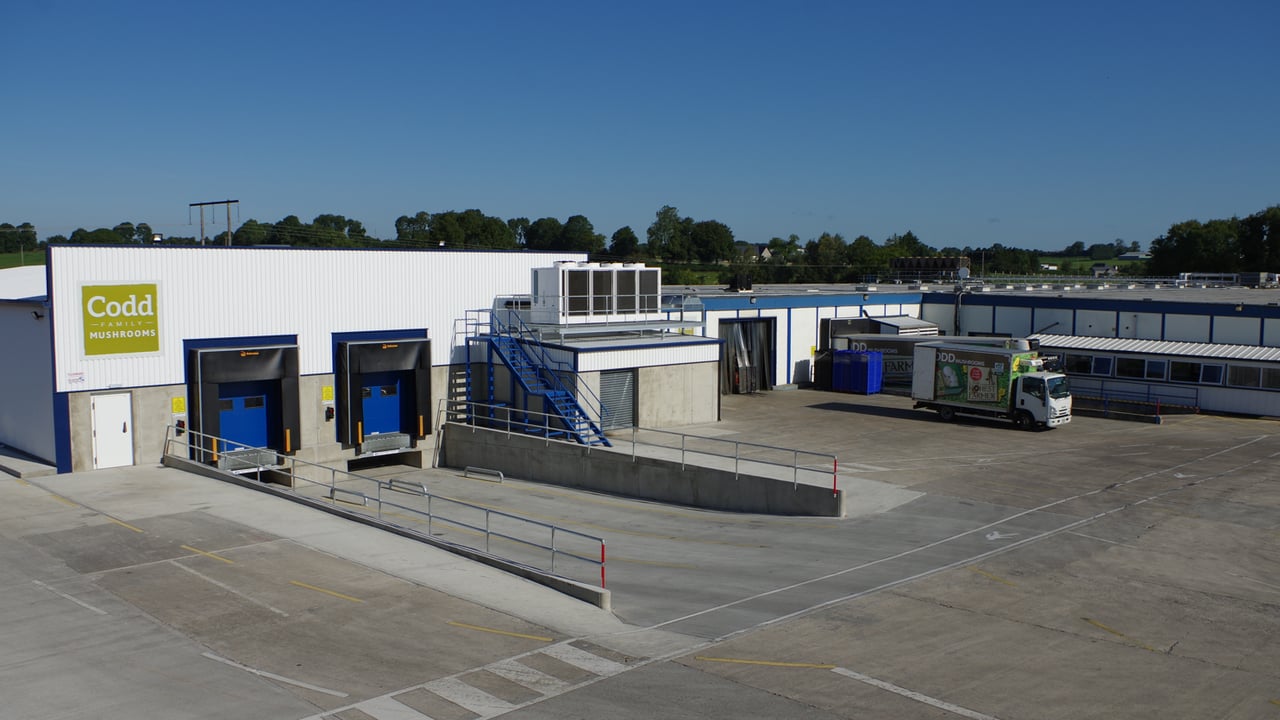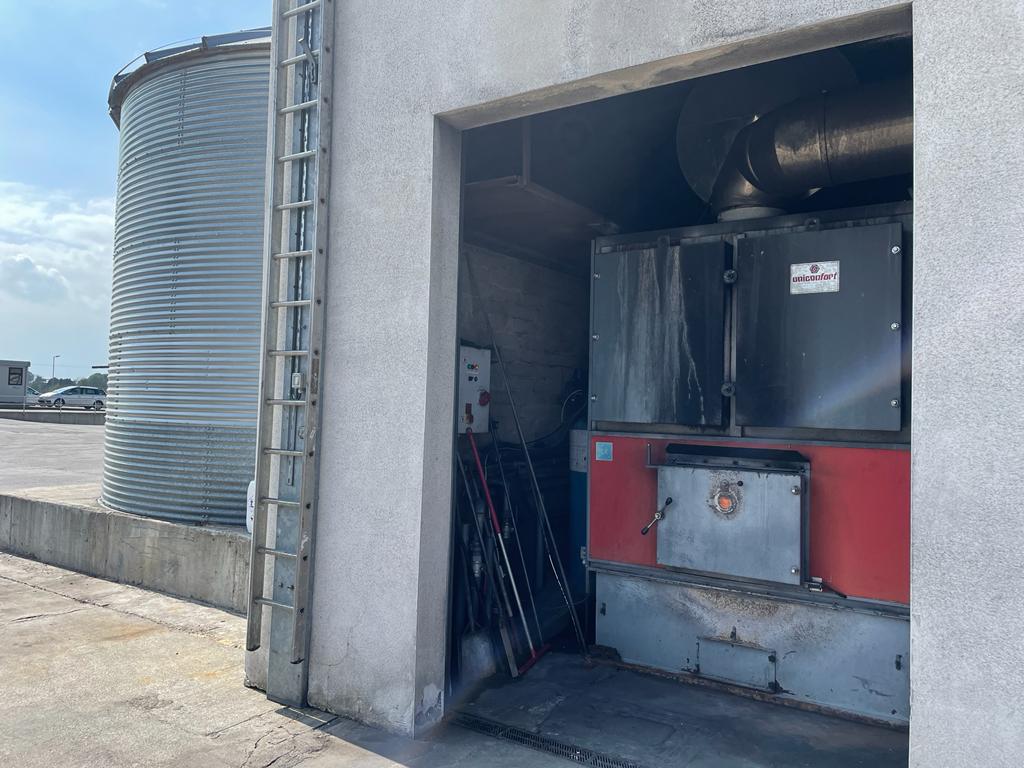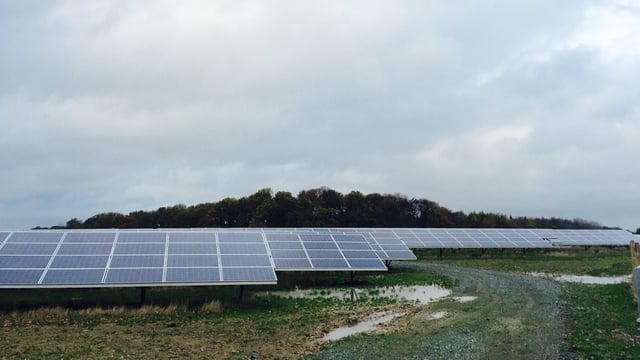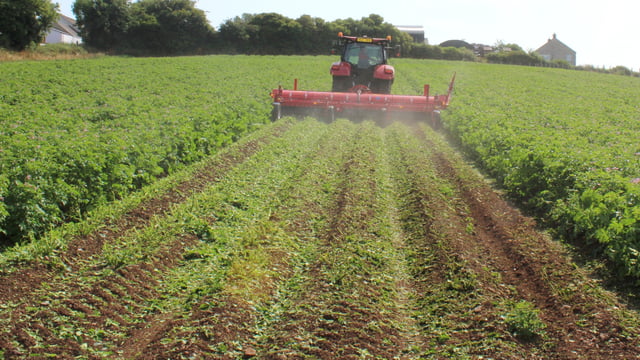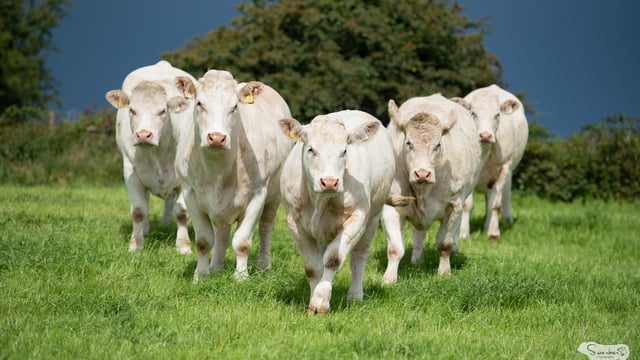'For the first time ever, we've been asked for our carbon count from retailers'
"It is not an option to go to the market every time you get spikes in cost. You have to maintain a price level," said Leslie Codd, managing director, Codd Mushrooms.
Leslie was speaking at a recent Teagasc workshop focussed on the use of biomass to reduce farm costs, which has the added bonus of reducing our carbon footprint.
"Mushroom prices probably fell year-on-year for the last 10 years but we got growth every year - probably because they were cheaper," he said.
The mushroom industry - in terms of costs and climate obligations - must focus on biomass and other renewable sources of energy for the future.
"So, we approached the retailers in the latter end of 2021. They did help us out, in fairness to them, and the price of mushrooms rose on shelf, on average, by 7%," Leslie said.
But, consequently, the demand for mushrooms fell by 7%.
The mushroom industry must look at energy solutions in order to maintain a price that will not cause sales to collapse, he said.
Going to the market is not an option every time. But, addressing energy is absolutely essential for the future of the mushroom industry in Ireland.
The Codd family have been growing mushrooms from their farm located in Tullow, Co. Carlow since 1989. It started out in a small growing shed and has progressed to a modern, purpose-built mushroom production and packing facility.
About 15 years ago, the Codds installed a biomass heating system, which has worked very well for them in the time since.
The Department of Agriculture, Food and the Marine (DAFM) defines bioenergy as energy generated from renewable biomass and it covers a wide range of materials and processes. Potential agriculture bioenergy sources include purpose-grown energy crops such as willow, forest thinning, waste material, and timber by-products for biomass.
"We may have been one of the first in the mushroom industry to put in a wood biomass system," said Leslie.
"We did it in 2007, and we still have the same boiler, it is a 1MW steam boiler and it has worked very well.
"It does take maintenance, much more than an oil burner, but it is probably operating at around half the cost of oil. So it is a huge saving and has paid for itself many times over."
But, due to the spiralling energy costs that the company - and every other producer - has experienced over the last year, Codd Mushrooms is looking at ways to upgrade its bioenergy system.
Leslie explained:
"Our energy bill - electricity, wood, oil - to run our main facility in 2021 was €400,000. If I take today's prices, it is €1 million," he said.
"We can't afford that in the industry, the margins aren't in it, so we don't really have any option, we have to convert over to some kind of reduced-energy system."
Leslie presented a number of options - biomass and otherwise - that companies similar to his could look at.
The preferred option for Codd Mushrooms, he said, is a combined heat and power (CHP) system.
Such a system generates electricity as well as useful thermal energy - steam - which is ideal for the mushroom industry, he said.
The ultimate goal would be for them to be able to use spent-mushroom compost as the biomass, which can then be used in the CHP system.
"The heat that is expelled would heat the farm and dry the biomass, but you could take steam off it before you generate the electricity - the mushroom industry needs steam for humidification and for cook out.
"So we could, potentially, become an auto producer, and come off the grid."
Photovoltaic (PV) panelsVery popular, between 20-25% of a reduction in the amount of kilowatt hours (kWh). Only works well when sun is shining/bright, but this is good for the mushroom industry in general, because it [the industry] consumes the most power in the summer for cooling, etc.HydroVery specific to where a production facility is located. Would require a fast-flowing river within 500m of a facility. But, it is difficult to get planning. Could potentially work on the Codd farm as it is located neat the River Slaney.WindConsidered by quite a few producers. The site would need to be elevated. Neighbours, generally, don't welcome it and planning permission can be a challenge and expensive. About 20-25% reduction in kWh. Could work quite well with a PV system. Codd Mushrooms had a wind turbine in the past, which reduced the energy bill by an estimated 20-22%.Heat pumpsVery efficient. One unit of electricity will generate up to four units of heat. Capital investment may be required to increase the diameter of pipework when transitioning from an oil system.
Going forward, Leslie said, being the cheapest producer will no longer guarantee that you get the retail contract.
For the first time ever, Codd Mushrooms has recently been asked for its 'carbon count', he said.
"For the first time ever, we have been asked for our carbon count from two retailers. We were not asked that two years ago, that is a new thing. We believe that every year that passes now, it will become critical to get your carbon footprint reduced.
"It probably won't lose you a contract at the moment but in the next few years it is going to become very important.
"So, there is more than a cost-saving benefit to moving to renewable energy," he said.

